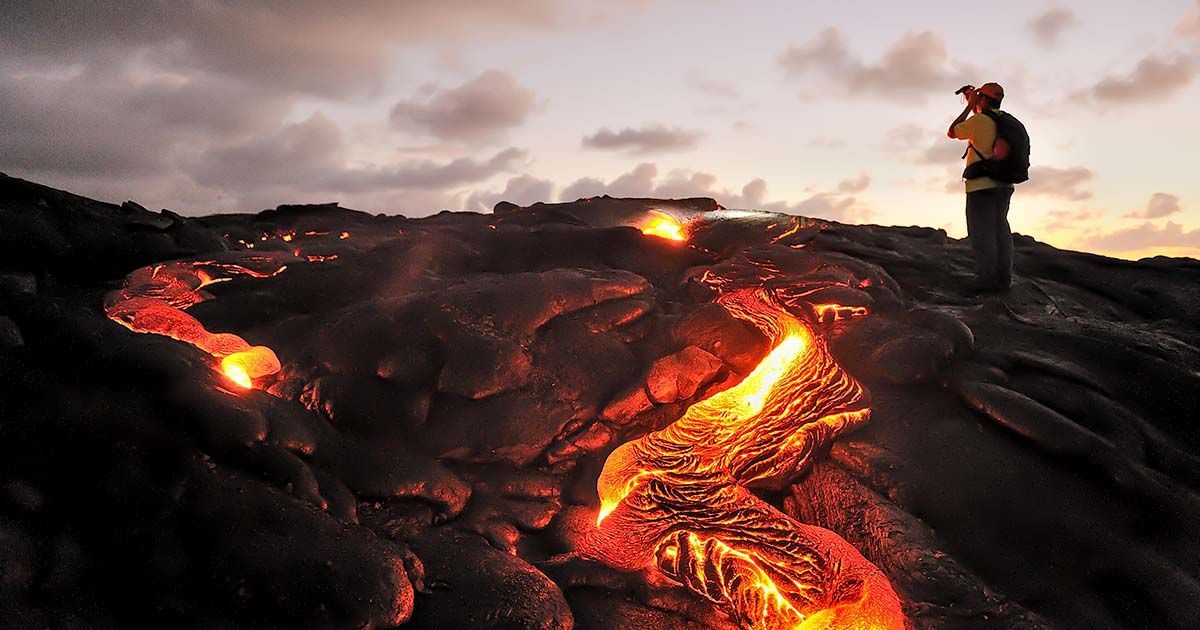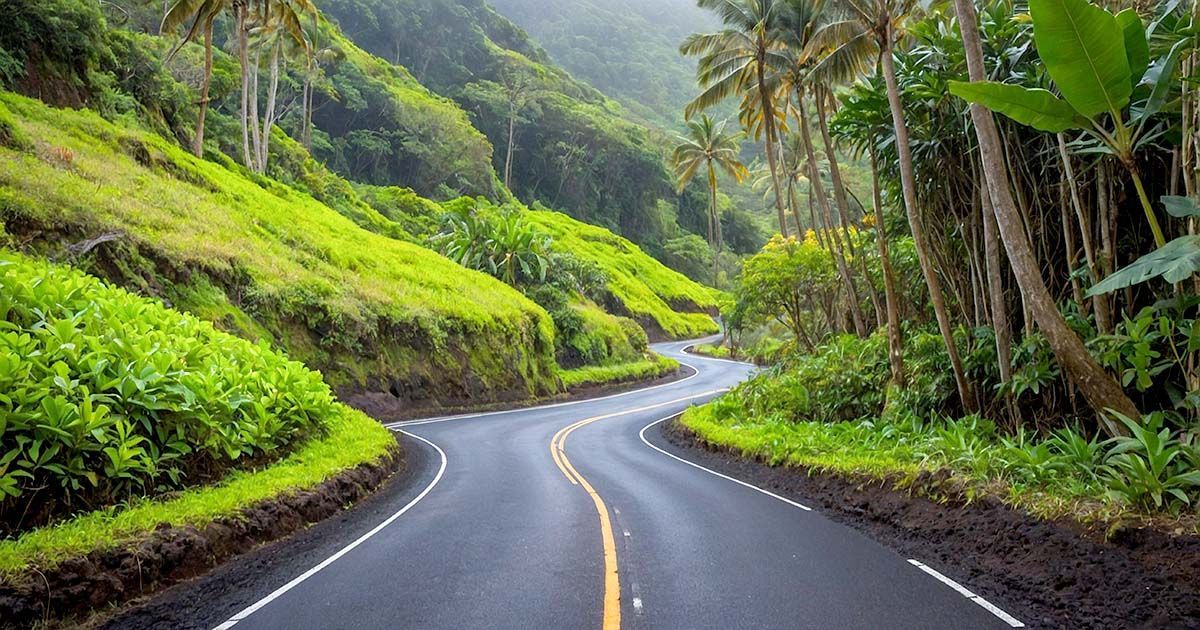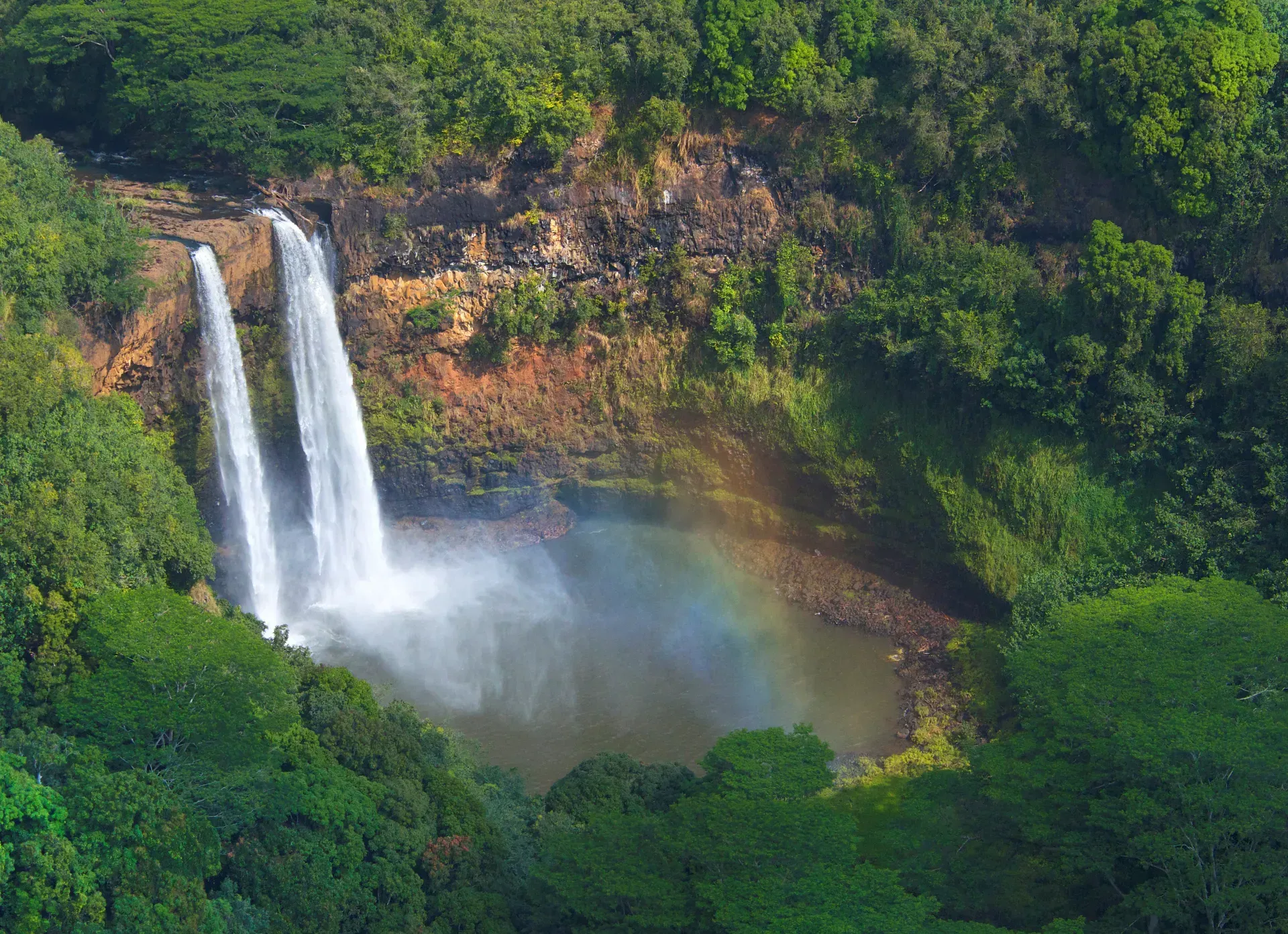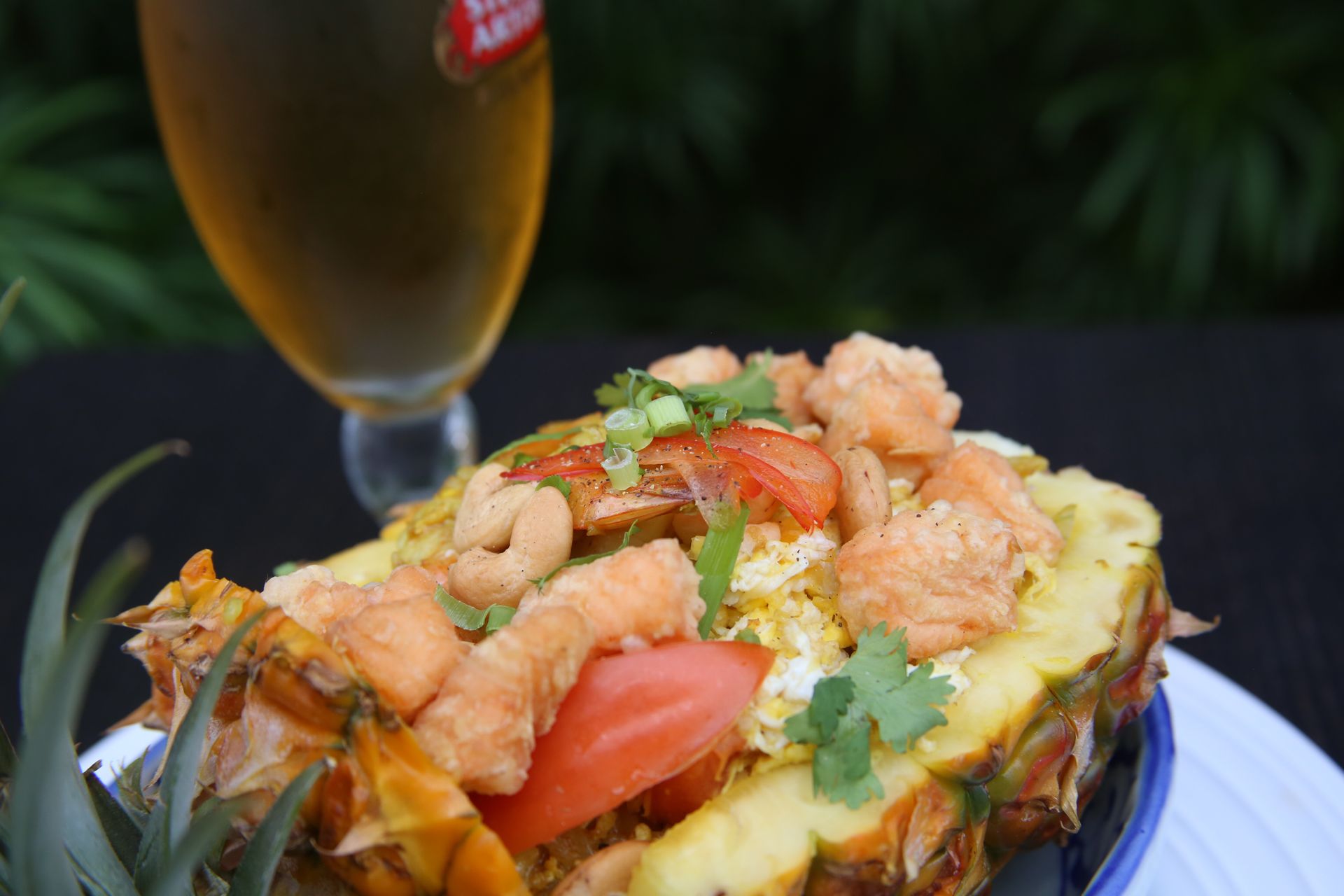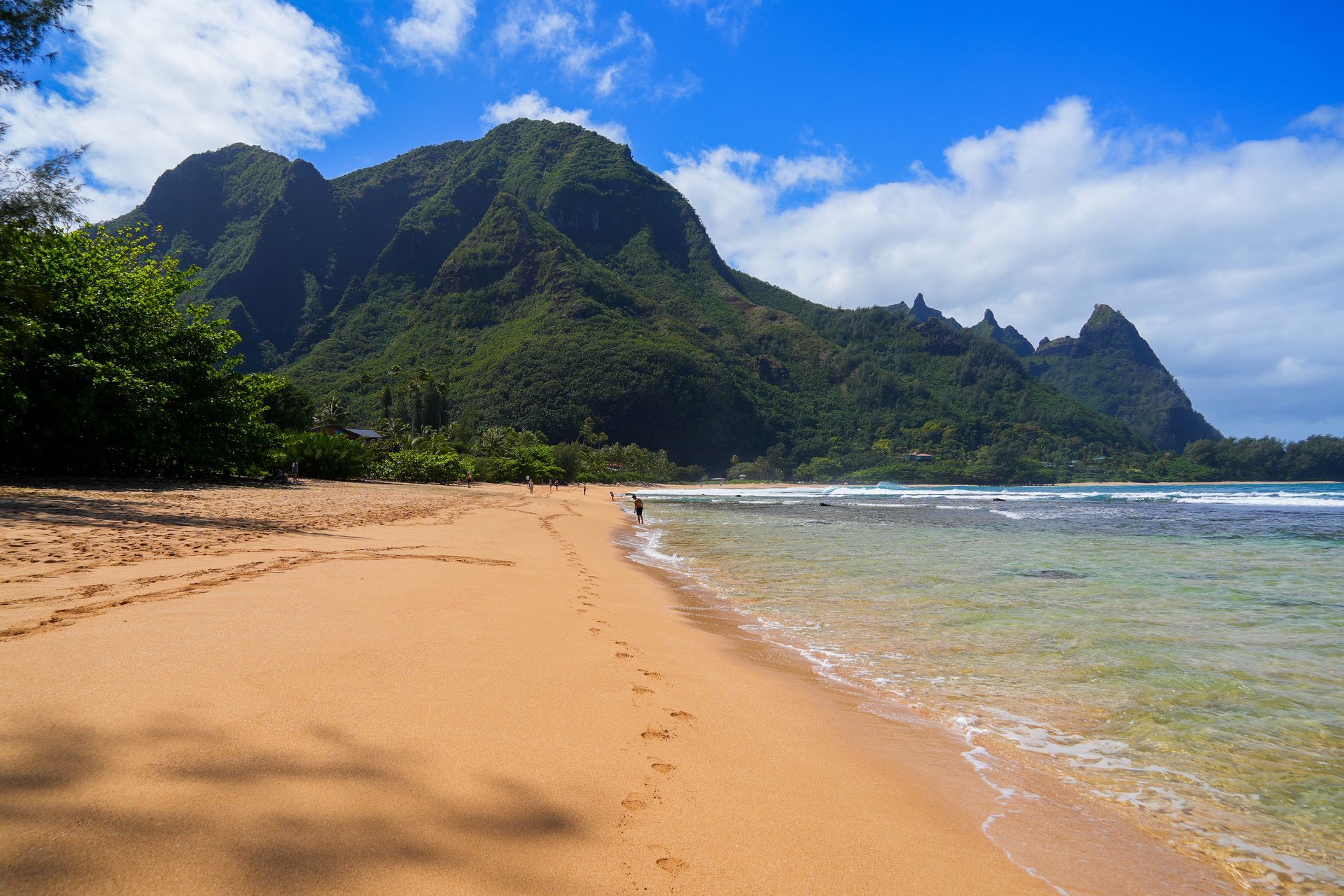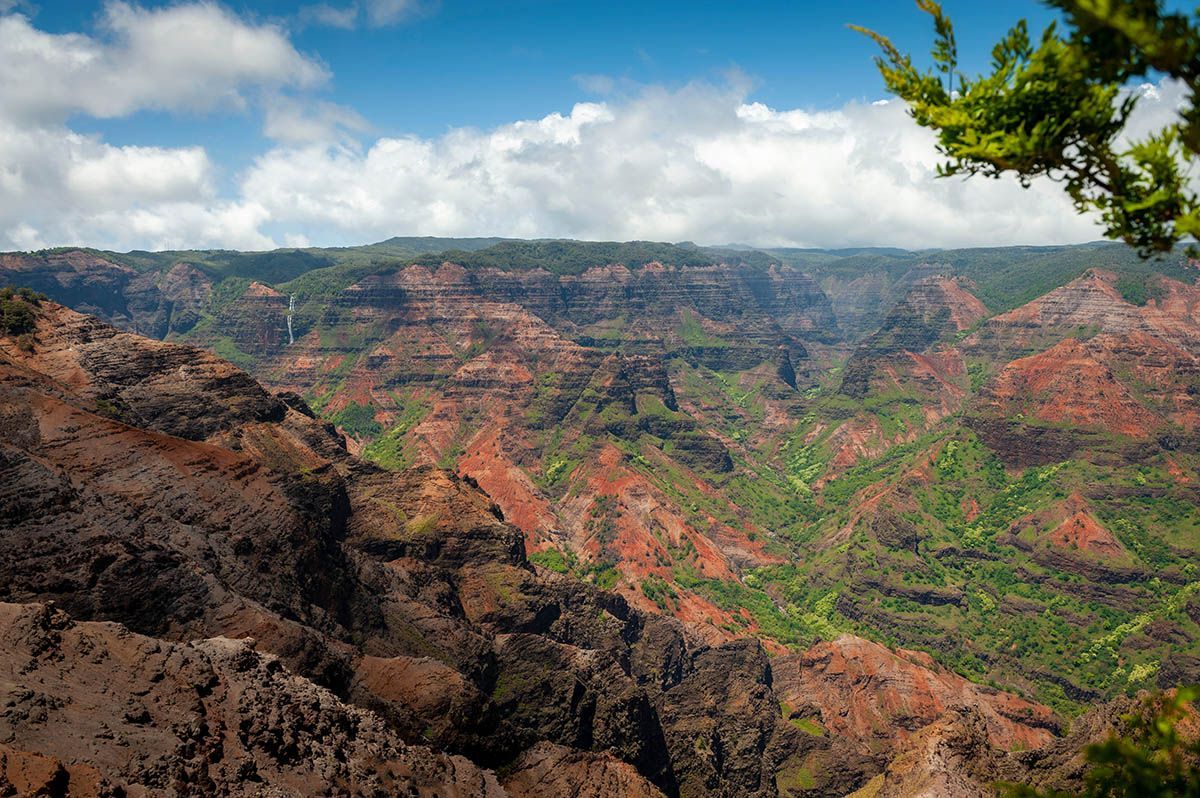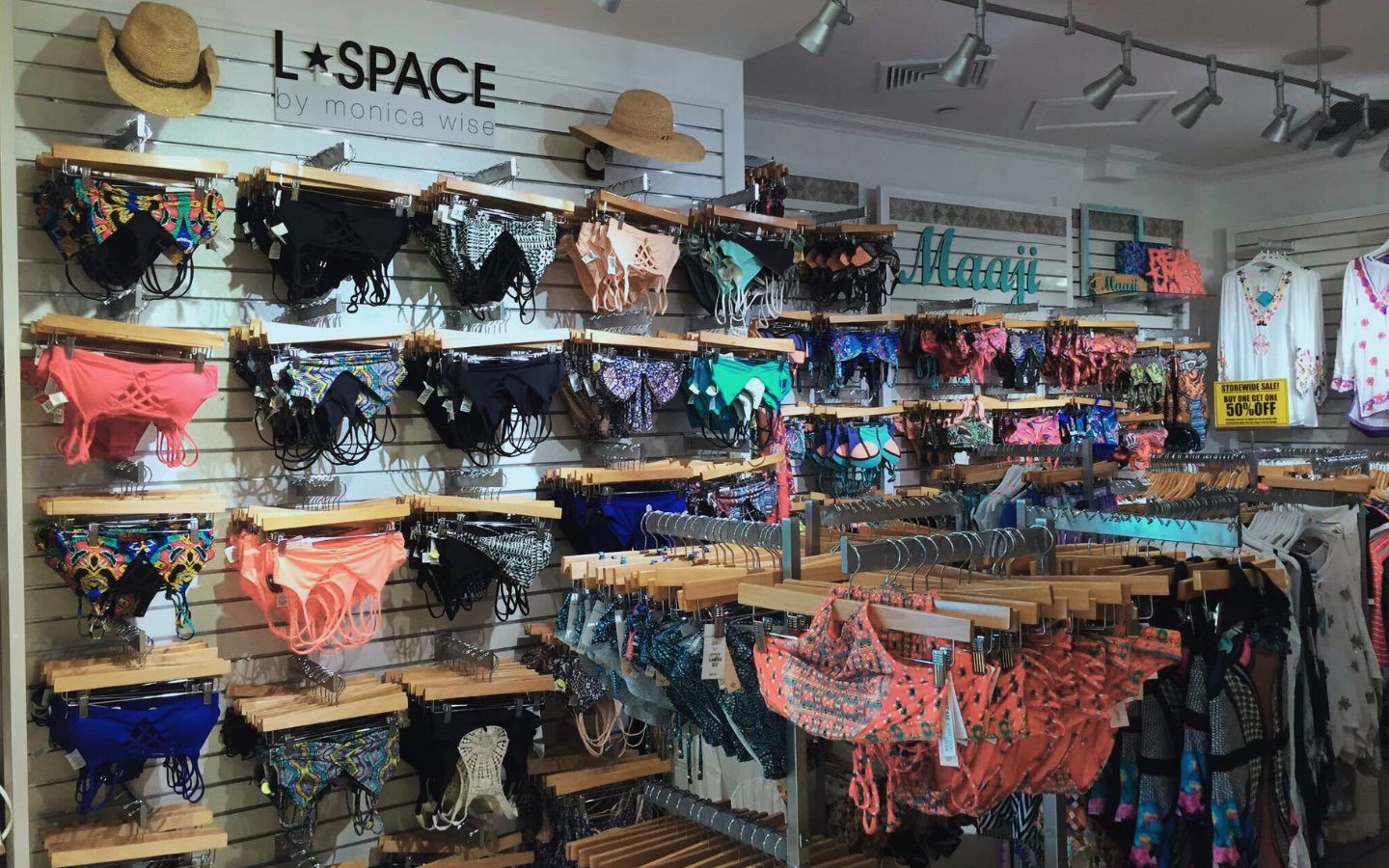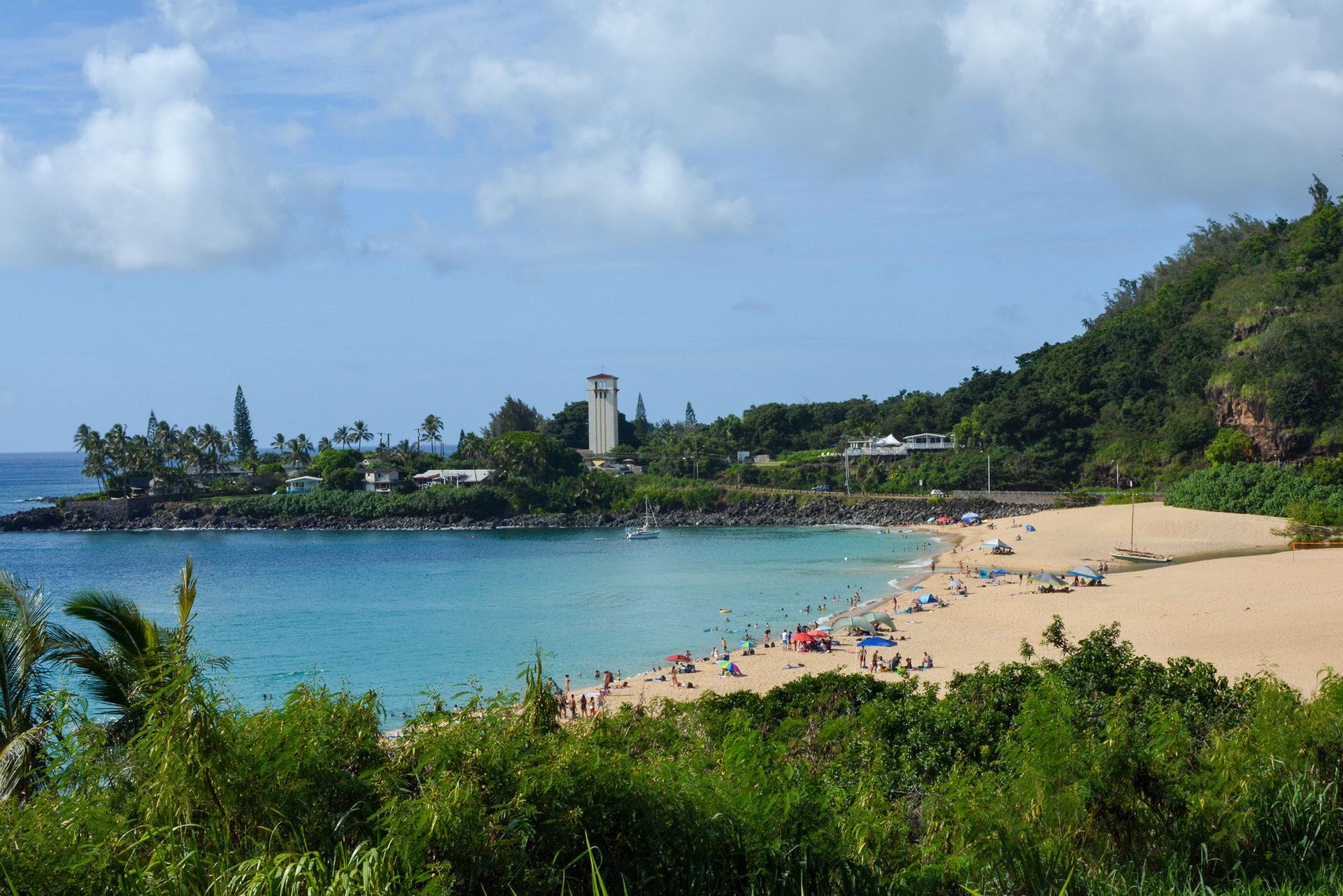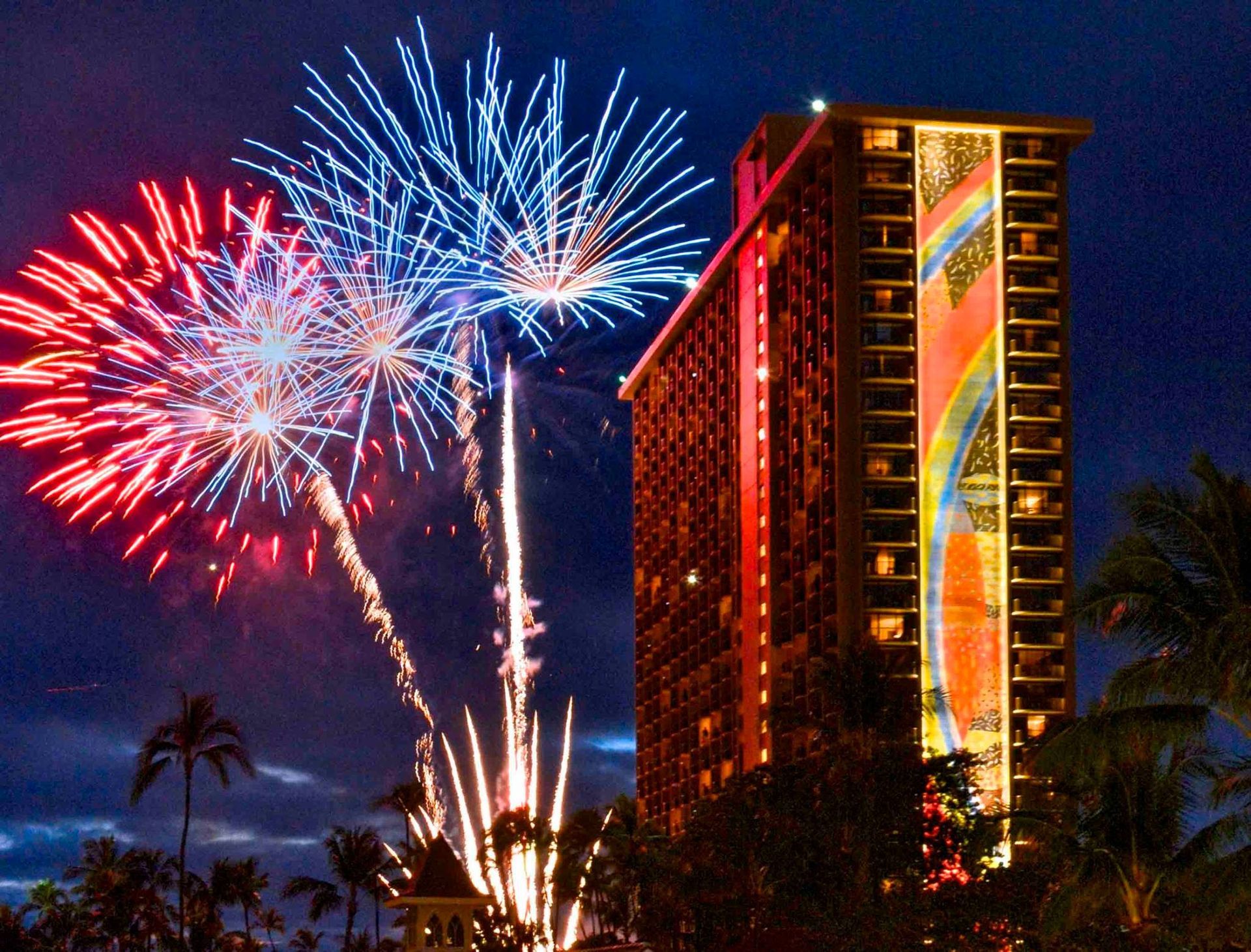Honouliuli: Our Country’s Forgotten History
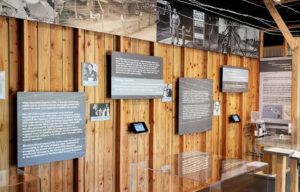
By Richard Melendez, Digital Editor
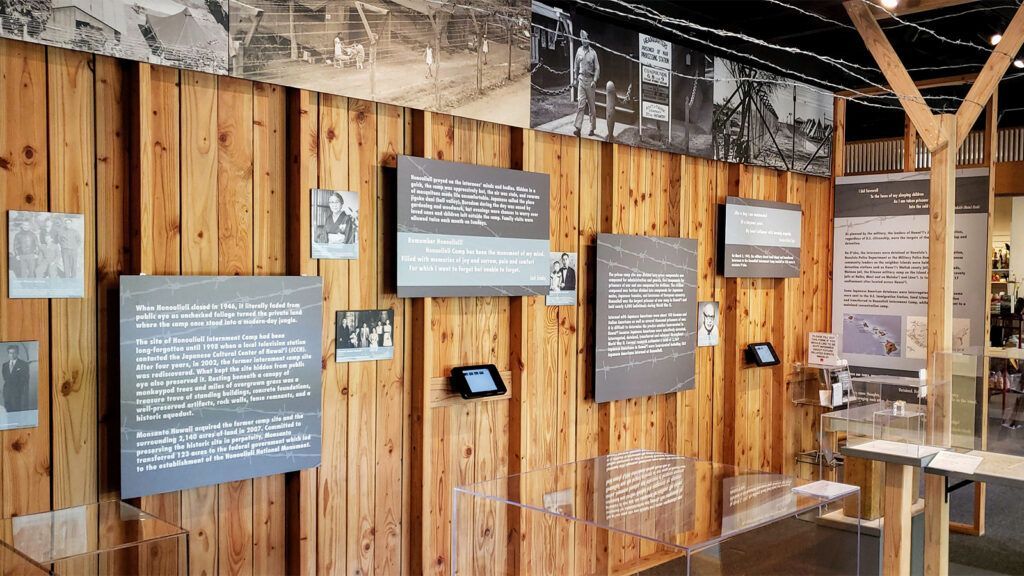
One of Hawai‘i’s most precious assets is its rich and diverse history. Local culture, as we know it today, is comprised of many of the traditions of Native Hawaiians melded with contributions from Chinese, Japanese, Korean, Filipino, Puerto Rican and Portuguese immigrants, along with influences from the greater Pacific Rim, the mainland U.S., Europe and beyond. Sadly, while there is much to celebrate, there is also a darker element to local history that is seldom discussed.
After the attack on Pearl Harbor and other strategic points in the Pacific in 1941, Japanese residents living in Hawai‘i and on the mainland were immediately cast under a cloud of distrust and suspicion. Within a matter of months, President Franklin D. Roosevelt signed an executive order that allowed for the forced removal and imprisonment of residents of Japanese ancestry. Over 120,000 Japanese in Hawai‘i and the west coast were placed into internment camps, miles from their homes and livelihoods, and often separated from their families.
There were a total of five internment camps in Hawai‘i, including Haiku Camp on Maui and Kalaheo Stockade on Kaua‘i. Eventually, prisoners at all sites were brought to the Honouliuli Detention Camp in Central O‘ahu. The camp formally closed down in 1946, and its existence was soon lost to history.
In 1998, a local television station partnered with the Japanese Cultural Center of Hawai‘i to locate this lost camp. In 2002, the overgrown and dilapidated site was rediscovered. Through the efforts of the Japanese Cultural Center of Hawai‘i, countless volunteers and community partners, the site was eventually declared a national monument in 2015.
Today, the Japanese Cultural Center in Mo‘ili‘ili is home to the Honouluuli Education Center , which serves as a resource for students, teachers and the general public who wish to learn more about the infamous camp. The education center provides context and history of the events that led up to the mass detainment of Japanese residents, sharing the experiences of those imprisoned there through photographs, writings, artworks and other artifacts and possessions.
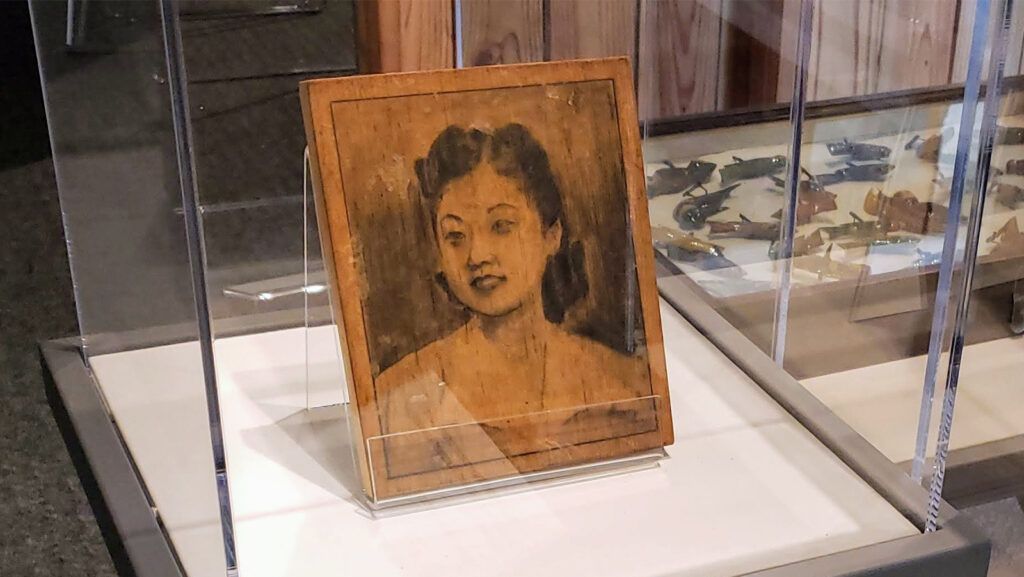
While the exhibit is powerful and enlightening, it can also be difficult to take in. It highlights a terrible, yet essential piece of American history, one that is vital to understanding our country, as well as the Japanese experience in America, and the wartime era in Hawai‘i. As the famous quote by George Santayana goes, “Those who cannot remember the past are condemned to repeat it.” May we never go down this road again.
The Honouliuli Education Center is located within the Japanese Cultural Center of Hawai‘i at 2454 S. Beretania Street in Honolulu. The education center is open 10 a.m.-1 p.m. on Mondays, 10 a.m.-4 p.m. Tuesday-Friday, and 9 a.m.-2 p.m. on Saturday. Admission is free and open to the public.
If you’d like to learn more about the exhibit and the JCCH, visit https://www.jcch.com/honouliuli-education-center.
Honouliuli National Park is still under development. As such, access to the site is currently limited. Info about tours and the site itself can be found at https://www.nps.gov/hono/index.htm.
Keywords: Japanese internment camp Japanese cultural center of Hawaii Hawaiian history hawaii museum Pearl Harbor attacks things to do oahu oahu activities war relocation authority relocation center Hawaiian language honouliuli national monument martial law world war II pacific fleet prisoners of war December 7 1941 declaration of war Japanese planes
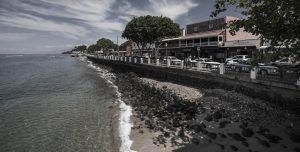
This Week Hawaii
Islands
All Rights Reserved | This Week Hawaii

